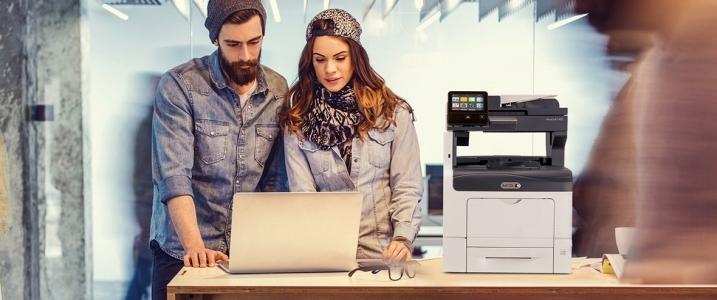Tax season is here—whether you’re ready for it or not. But if you manage it right, doing your taxes can be painless (or at least less painful). Here’s a three-step plan to ease the way.
Step 1: Get it together
Start by gathering all the documents and numbers you need to prepare your taxes. Your tax preparer or tax preparation software should provide a list of what you need, but in most cases, the information will include:
- Sales records
- Income or gross receipts
- Financial statements
- Bank statements
- Credit card statements
- Records of assets sold or bought in the past year
- Depreciation information
- Interest paid on business loans
- Mortgage or rent payments
- Receipts/records of deductible expenses such as
- Travel and entertainment costs
- Business mileage
- Charitable contributions
- Business gifts
- Business insurance
- Professional fees
Step 2: Put it in the cloud
Do you really want to hand your accountant or tax preparer a shoebox stuffed full of receipts? Not only does this make you look unprepared, but it also creates more work for your accountant—work you’ll be charged for. Save money and hassle by putting your financial and tax information in the cloud.
Start by upgrading to cloud-based accounting and bookkeeping software if you haven’t already done so. Link your bookkeeping software to your bank account online so you and the bank are always in sync. When your financial data is available in the cloud, it’s easy to share with your tax preparer or import year tax preparation software.
Even if you already use cloud-based accounting software, you undoubtedly have some tax-related documents that are still on paper. From receipts for business lunches to equipment leases, all of it can be digitized quickly with Xerox Web Capture. It scans documents and imports the information directly into popular accounting apps such as QuickBooks, FreshBooks, Workday and SAP. Plus, Xerox Web Capture works with any brand of scanner, so there’s no need to spend money on new equipment. (Wait until you get your tax refund to do that.)
Xerox® Web Capture Services – Xerox Web Capture Services is the only solution that automates and scans a document for immediate use without additional steps of creating files, renaming documents and importing it to an application.
Keep up the habit of scanning financial data, especially as it relates to business expenses. Use the Xerox® Mobile Link mobile app to connect your smartphone or tablet to a Xerox® multifunction printer (MFP) and to the cloud. You can set up customized One-Touch Workflows to automatically scan documents from Xerox MFPs and send them to the cloud, to email and to your mobile device simultaneously.
Xerox® Mobile Link App
Xerox® Mobile Link is a mobile app that can scan, fax and print from your phone or tablet by connecting with Xerox® multifunction printers (MFPs).
For example, you could set up a workflow to send scanned expense receipts to a specific person in your accounting department. The IRS recommends keeping paper or electronic copies of receipts and other documents related to business expenses for at least six years after filing your tax return. When you scan this information into the cloud, it’s easy to find—even six years later.
Step 3: Protect your data
When you’re storing sensitive financial information in the cloud and sharing it with your accountant or tax preparer, it’s vital to use the proper security measures. Scanning documents using a printer like the Xerox® VersaLink® C405 Color Multifunction Printer, which has built in-security features, can give you peace of mind.
Xerox® VersaLink® C405 Color Multifunction Printer – Revolutionize your productivity with next generation features and easy, instant cloud and mobile connectivity. The VersaLink® C405 is built for the way you work today, and ready for where your business will grow tomorrow.
Xerox printers enabled with ConnectKey Technology allow you to keep your data secure, even when printing on a networked printer. You can use pin codes to restrict access to documents so only authorized users can scan or print them. Xerox ConnectKey-enabled printers use encrypted hard drives to protect your data, and can automatically scrub the data from the hard drive after the document is printed.
Once you’ve scanned the documents you need and stored them in the cloud, don’t forget to dispose of the paper documents securely. Use a business-quality shredder or a shredding service to dispose of them safely.
Now that you’re ready for tax time, keep up the good work. Digitally organizing, storing and safeguarding your financial data all year long will ensure next year’s tax season is truly pain-free.
Share this on Twitter!
Tweet: .@Rieva shares 3 simple steps you can take to make this your easiest tax season, yet: https://ctt.ec/1HMlt+
Subscribe to the Small Business Solutions Blog and receive updates when we publish a new article. [wysija_form id=”1″]




Remarkable! Its actually awesome article, I have got much
clear idea regarding from this piece of writing.